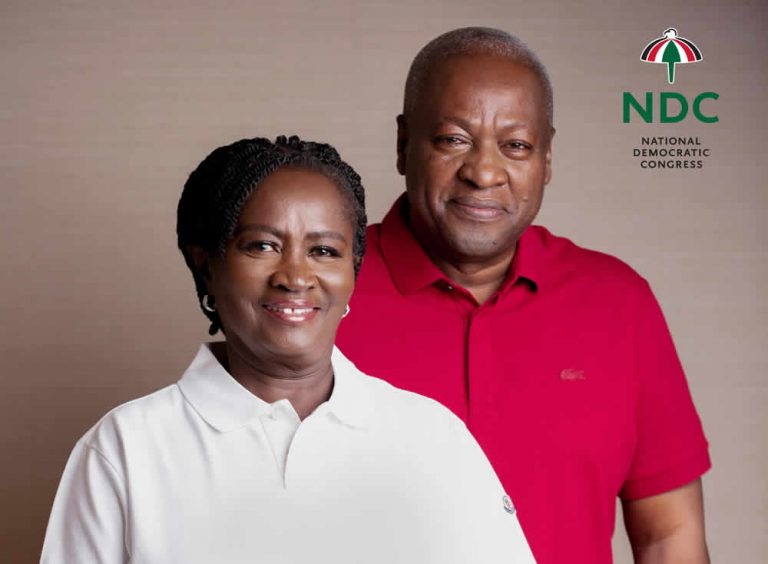Heritage Month: Journey to Nsesresu Canopy Walkway, pride of Dormaa
- Home
- Heritage Month: Journey to Nsesresu Canopy Walkway, pride of Dormaa

Heritage Month: Journey to Nsesresu Canopy Walkway, pride of Dormaa
A deep sense of fatigue from a farmer’s hard work strikes you profoundly as you walk or drive down the untarred road leading to the Kwagyimire community from Nsesresu Town junction in the Dormaa East District of the Bono Region.
However exciting views from farm plantations along both sides of the road inspire the first timer to continue and endure his or her journey.
The scenes of farm plantations are a complete deception and a puzzle, essentially of the area’s economic potential and what it truly holds in value in its natural resource endowment.
Branching from the main Dormaa-Berekum Road and getting down deep into the Kwagyimire road, the site of economic trees seen along the road mainly cashew and cocoa gradually begin to fade out in memory.
That gives way to another breath-taking sight of a vast tract of land – to your right-hand side undulating and overlooking the rural Kwagyimire community.
Nsesresu Canopy Walkway
That is the Nsesresu Canopy Walkway, an eco-tourism centre built around a dam in C-shape fashion.
The canopy walk is the first of its kind in the Bono Region and third in the country coming after the Kakum National Park in Cape Coast in the Central Region, and another one in the Volta Region.
It hangs up high in different heights ranging from over 15 metres above the ground connected from end to end to four giant concrete pillars.
The facility is supported with dangling but strong nets on the sides to keep and maintain one’s body in check and in balance while in motion on the walk on the canopy.
It has rectangular shaped wooden foot boards lying down and firmly fixed to iron metal rope which is connected to the giant concrete pillars as the centre sits on more than 10 acres of land and lies about 200 kilometres away from the Nsesresu town junction.
There is also a wooden staircase on the starting and ending point of the walkway, where visitors climb to start and happily end a round of a walk.
Public awareness
The Dormaa East District Assembly in the Bono Region has since November 2024, after the centre was inaugurated, stepped up efforts at heightening public awareness of the place.
In less than a year, the canopy walkway has recorded an impressive, positive turn out, welcoming approximately 700 tourists and visitors.
Mr Collins Asare, the officer in charge of the centre and an Assistant Director at the Dormaa East District Assembly, said the assembly is utilising all kinds of strategies including – online publication on its webpage – to drive and increase awareness about the place.
It intends to leverage social networks to push this agenda by setting up a dedicated social media handle to promote and advertise it.
Some of its more recent visitors have included schools, churches and various heads of department and staff of the Dormaa East District Assembly.
The visitors capitalise on the nation’s 68th Independence Anniversary to visit and have fun around the facility.
Infrastructure
In terms of infrastructure development a lot remains to be done to develop and upgrade the tourist site to a world class standard.
Besides, the main canopy walkway which is erected and pieced together in four compartments and the arrival lodge which is already constructed and painted in depressing blue and white paint colours, the lodge has a place of convenience, and a small office.
The facility has no restaurant, hotel, guest house or eatery in and around the centre where people can relax and cool off.
A lot of landscaping work is required to put the place in good, perfect shape and in tune with what is seen in other parts of the globe.
There are also plans by the assembly to improve and re-shape the road linking the town and adjoining communities to the centre.
The assembly is working tirelessly to extend electricity to the canopy enclave.
Provision of those facilities will enable tourists and visitors who patronise the centre to access local and continental dishes.
The district assembly has created an enabling environment to stimulate the local economy by allowing local traders to offer and provide regular services including food and water as well as other services.
Baba Musa, a khebab seller, couldn’t hide his joyous feelings working there, he thanked authorities for the actualisation of the project as it has created a major source of income for him and others.
Investments
The centre is a world bank funded project, and an asset owned and managed by the assembly. The assembly intends to allow people to undertake the activity of fishing on the dam. Different species of fish- catfish and tilapia – can be found in the dam.
People would be given the right to undertake fishing on the dam only if they can pay a fee to the assembly.
There are also plans by the assembly to construct a zipline over the dam to make the place livelier and generate excitement for tourists.
A boat will be put on the dam to sail across it from one end to the other to bring a spectacular viewing experience to visitors and onlookers.
In an effort to improve the centre’s built and physical environment, the assembly has planted green grass at different portions of the place. It has also reserved a place for the designing of lawns, works are on-going, to host parties, picnics and weddings.
The local government authority has opened its doors to allow both local and foreign investors to partner it to improve the image of the centre.
They would ensure the provision and development of other infrastructure such as malls, supermarkets, skating rinks, bars, swimming pools, and lounges among other facilities.
However, the work to improve the centre’s built and natural environment is being rolled out strategically in phases. It is part of a grand design to whip up public interest and drive attention to the centre, particularly residents who live in and around the Dormaa enclave and the Bono Region.
The assembly is working to employ more human resources such as tour guards to help manage and control its daily or day to day activities.
This is strictly in line with measures to ensure proper management, and check against any negative, illegal conduct and wrongdoing which can cause some group of persons to institute legal actions against establishments – the traditional rulers and the district assembly.
Compensation
The assembly is working with the Nsesresu chiefs to settle and compensate the affected family, not families with a new parcel of land to replace the old one which has been converted into the project.
Part of the family land is what has been allocated to the chiefs as traditional rules and customary practices demand for the project.
The chiefs take only one portion out of the family land with the rest going to the family.
The pawpaw, cocoa, coconut and, cassava plantations already seen on the centre’s land would be maintained and frequently trimmed to make the place beautiful and preserve its ecology.
More so, the portion with particularly cocoa plantations would be strictly reserved for churches and groups that come in and want to have a very quiet place to meditate and relax.
The dam serves as the main source of water supply for the local farmers who used it to water their farms.
By Robert Tachie Menson
Source: GNA
- Share
Classic Ghana
Classic Ghana brings you into a fun world of arts, entertainment, fashion, beauty, photography, culture and all things in between. Let’s explore these together!







